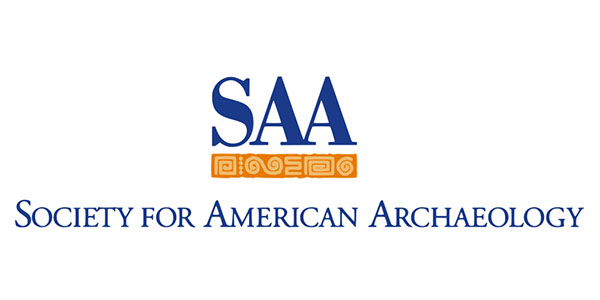April 15, 2021
We are thrilled to be participating in the first virtual SAA meeting! We have an incredible selection of new and recent titles that we hope you will enjoy. Use the code AZSAA21 at checkout here on our website to receive 40% off all titles, plus free U.S. shipping.
If you have any questions about our publishing program, please read our guidelines here, and feel free to contact our Senior Editor Allyson Carter at ACarter@uapress.arizona.edu.
We put together a video of a few of our recent authors highlighting their new archaeology books. We hope you enjoy the video, and we are looking forward to seeing you all again in the future.

Becoming Hopi is a comprehensive look at the history of the people of the Hopi Mesas as it has never been told before. The product of more than fifteen years of collaboration between tribal and academic scholars, this volume presents groundbreaking research demonstrating that the Hopi Mesas are among the great centers of the Pueblo world.
“How did Hopi farmers sustain large, stable communities in an area that previous scientific models predicted could not support a substantial population? How did waves of migration shape Hopi social organization and ritual calendars? Archaeologists, ethnographers, and Hopi cultural specialists worked collaboratively to answer these and other compelling questions.”—Kelley Hays-Gilpin, co-editor of Color in the Ancestral Pueblo Southwest
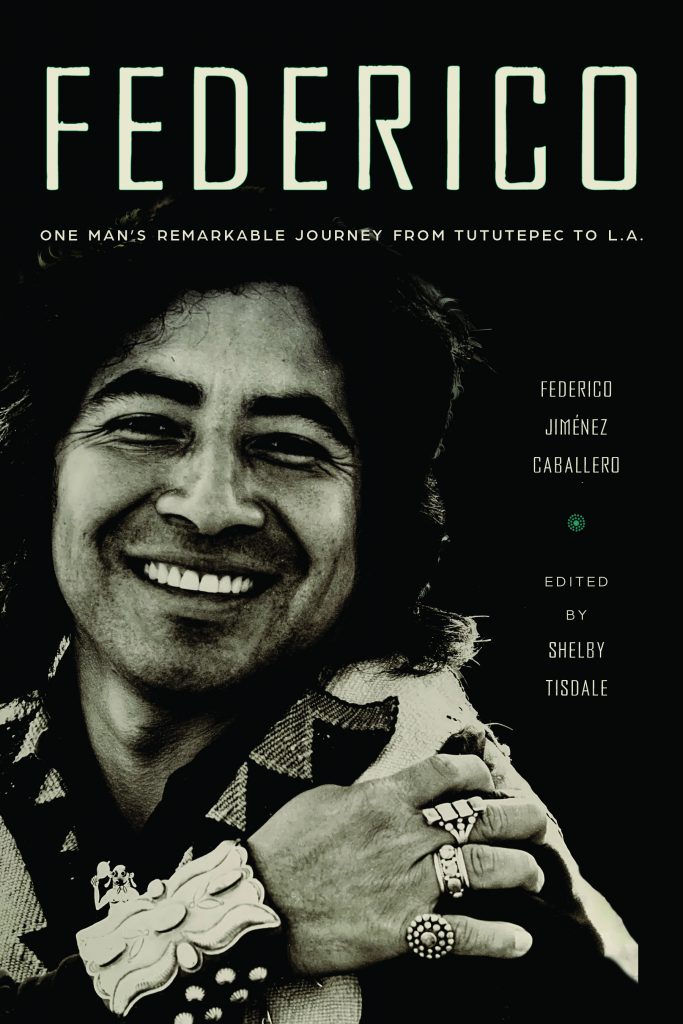
From the day he was born, Federico Jiménez Caballero was predicted to be a successful man. As a child growing up in a small rural town in southern Mexico, Federico Jiménez Caballero faced challenges that most of us cannot imagine, let alone overcome. So, how exactly did a young boy from Tututepec, Oaxaca, become a famous Indigenous jewelry artist and philanthropist in Los Angeles? Federico tells the remarkable story of willpower, curiosity, hard work, and passion coming together to change one man’s life forever.
Watch a book release event for Federico here, in which author Federico Jiménez Caballero tells the story of his life alongside editor Shelby Tisdale, and answers questions from the audience.
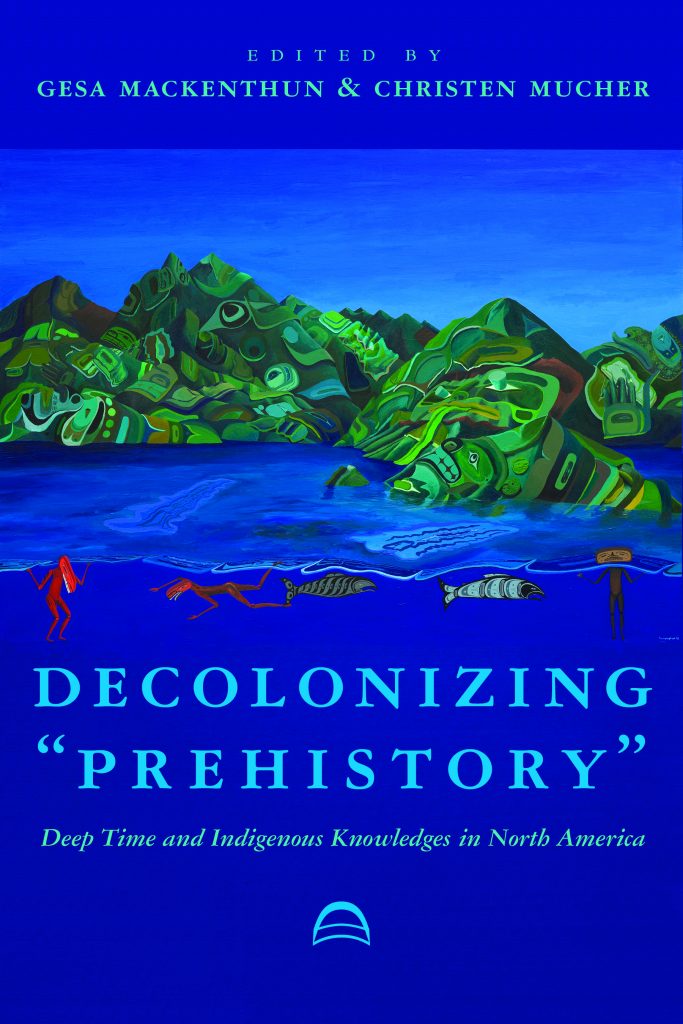
Decolonizing “Prehistory” critically examines and challenges the paradoxical role that modern historical-archaeological scholarship plays in adding legitimacy to, but also delegitimizing, contemporary colonialist practices. Bringing together experts from American studies, archaeology, anthropology, legal studies, history, and literary studies, this interdisciplinary volume offers essential information about the complexity and ambivalence of colonial encounters with Indigenous peoples in North America, and their impact on American scientific discourse.
Discover more books in, and information about, the Archaeology of Indigenous-Colonial Interactions in the Americas series here.
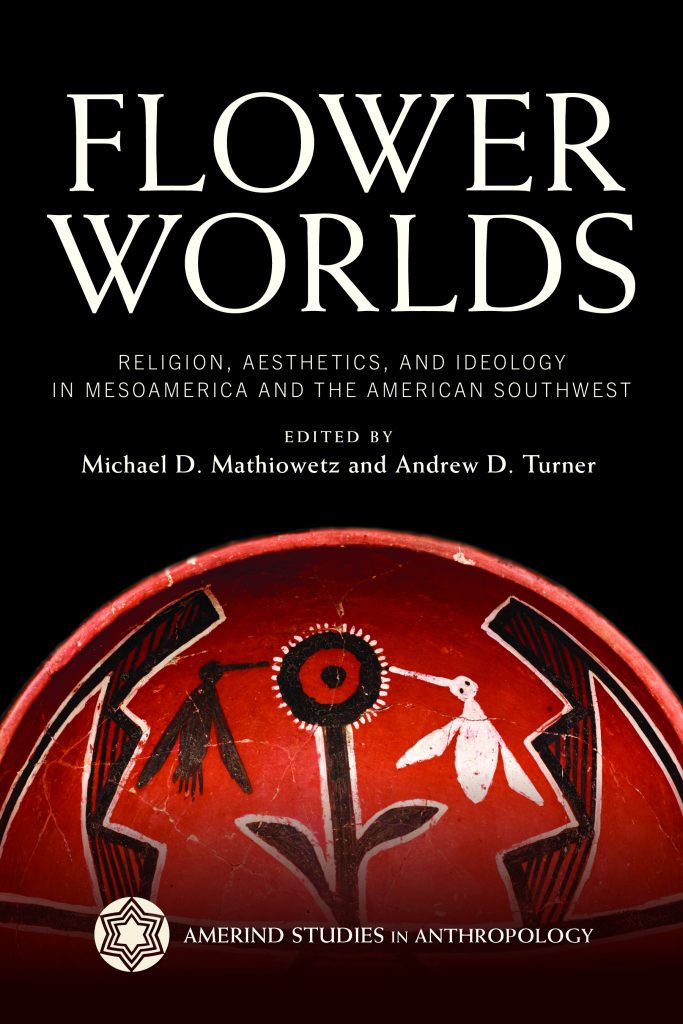
Flower Worlds reaches into multisensory realms that extend back at least 2,500 years, offering many different disciplines, perspectives, and collaborations to understand these domains. Today, Flower Worlds are expressed in everyday work and lived experiences, embedded in sacred geographies, and ritually practiced both individually and in communities. This volume stresses the importance of contemporary perspectives and experiences by opening with living traditions before delving into the historical trajectories of Flower Worlds, creating a book that melds scientific and humanistic research and emphasizes Indigenous voices.
This book is part of the Amerind Studies in Anthropology series. Amerind Studies in Anthropology is a series that publishes the results of the Amerind Seminars, annual professional symposia hosted by the Amerind Foundation in Dragoon, Arizona, and cosponsored by the Society for American Archaeology.
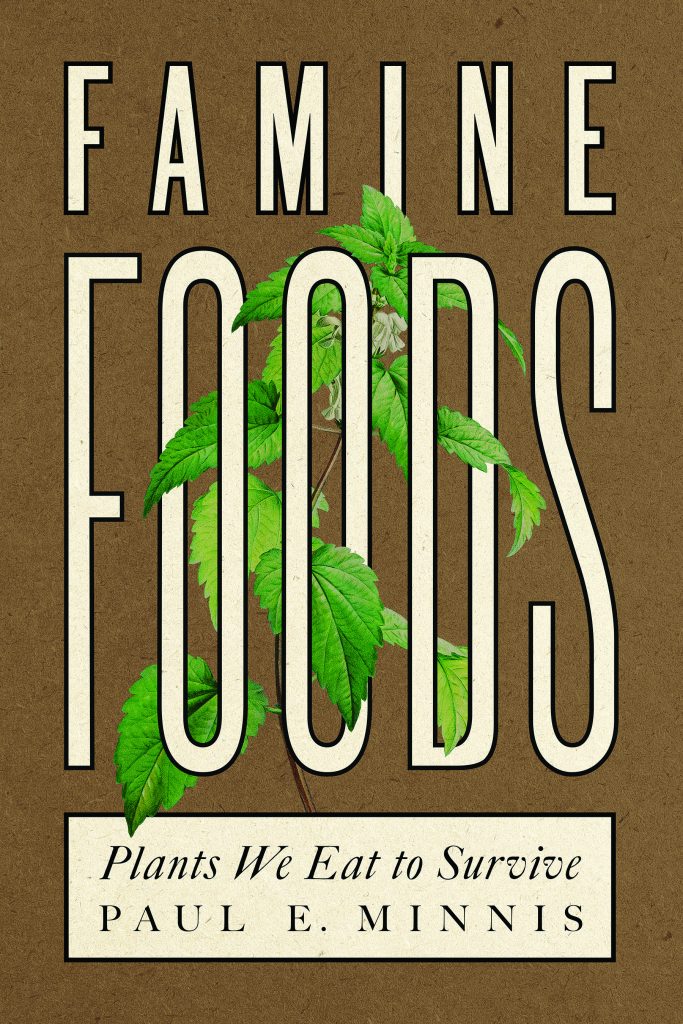
How people eat today is a record of food use through the ages—and not just the decadent, delicious foods but the less glamorous and often life-saving foods from periods of famine as well. In Famine Foods, Paul E. Minnis focuses on the myriad plants that have sustained human populations throughout the course of history, unveiling the those that people have consumed, and often still consume, to avoid starvation. For the first time, this book offers a fascinating overview of famine foods—how they are used, who uses them, and, perhaps most importantly, why they may be critical to sustain human life in the future.
Join our book release celebration and discussion with Paul Minnis on his new book, Famine Foods: Plants We Eat to Survive on Wednesday, May 5, 2021. This event is free, but requires registration. Register here!
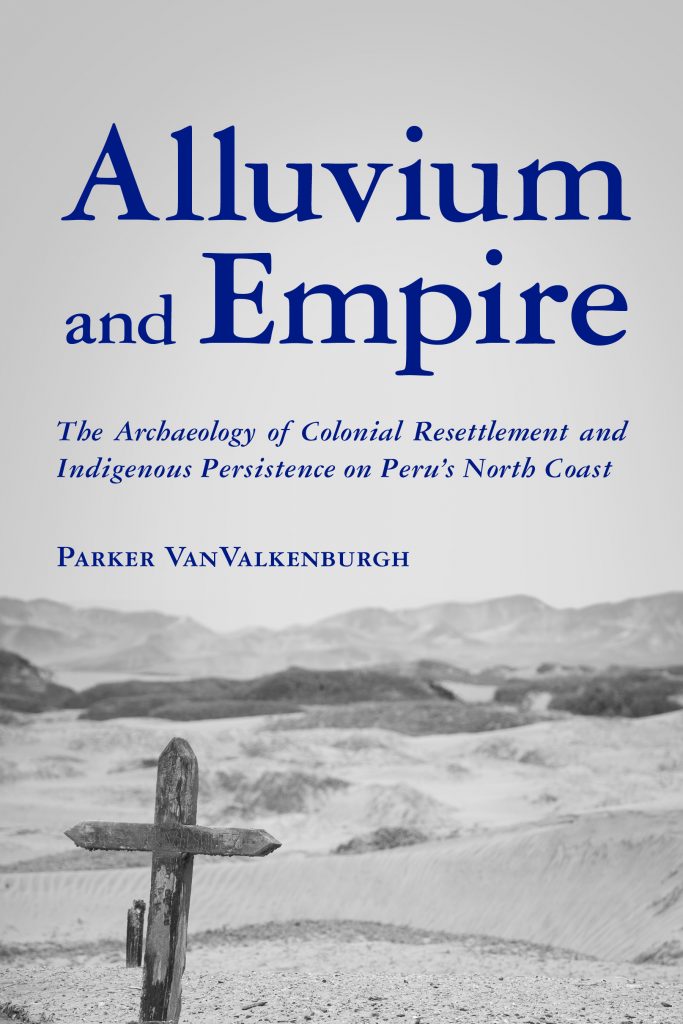
Alluvium and Empire by Parker VanValkenburgh examines the archaeology of Indigenous communities and landscapes that were subject to Spanish colonial forced resettlement during the sixteenth century. Written at the intersections of history and archaeology, the book critiques previous approaches to the study of empire and models a genealogical approach that attends to the open-ended—and often unpredictable—ways in which empires take shape.
“This book represents a much-welcome approach to the archaeology of empire. It combines a sophisticated theoretical framework with rigorous archival and archaeological methods to shed valuable new light on the history of Spanish empire building in Peru.”—Craig Cipolla, author of Foreign Objects: Rethinking Indigenous Consumption in American Archaeology
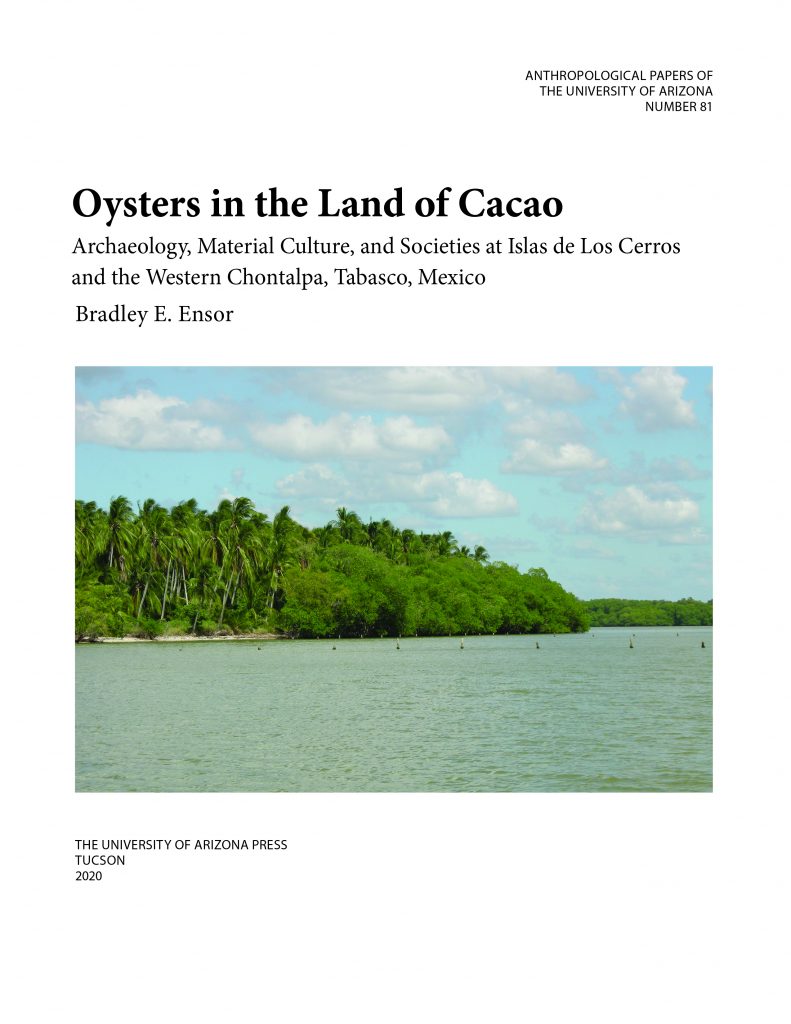
Oysters in the Land of Cacao delivers a long-overdue presentation of the archaeology, material culture, and regional synthesis on the Formative to Late Classic period societies of the western Chontalpa region (Tabasco, Mexico) through contemporary theory. It offers a significant new understanding of the Mesoamerican Gulf Coast.
This book is part of our Anthropological Papers of the University of Arizona series. The Anthropological Papers of the University of Arizona is a peer-reviewed monograph series sponsored by the School of Anthropology. Learn more here.
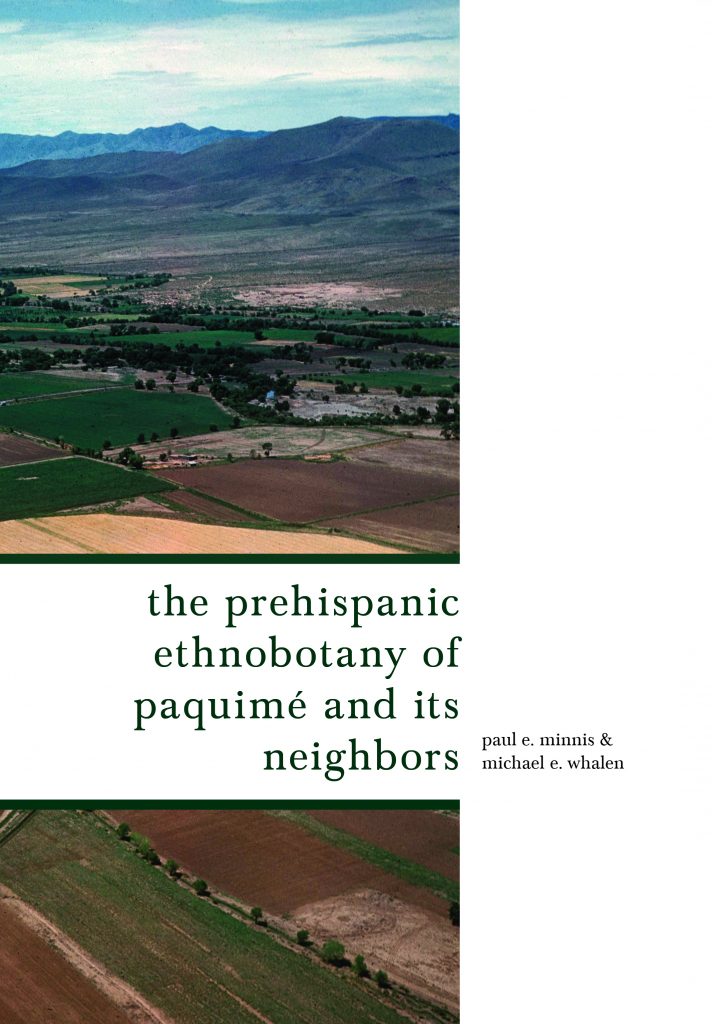
The Prehispanic Ethnobotany of Paquimé and its Neighbors is the first large-scale investigation of the prehispanic ethnobotany of this important ancient site and its neighbors. The authors examine ethnobotanical relationships during Medio Period, AD 1200–1450, when Paquimé was at its most influential. Based on two decades of archaeological research, this book examines uses of plants for food, farming strategies, wood use, and anthropogenic ecology. The authors show that the relationships between plants and people are complex, interdependent, and reciprocal. This volume documents ethnobotanical relationships and shows their importance to the development of the Paquimé polity.
Explore photographs and field notes from editors Paul Minnis and Michael Whalen‘s excavations of Paquimé’s Site 204 here.
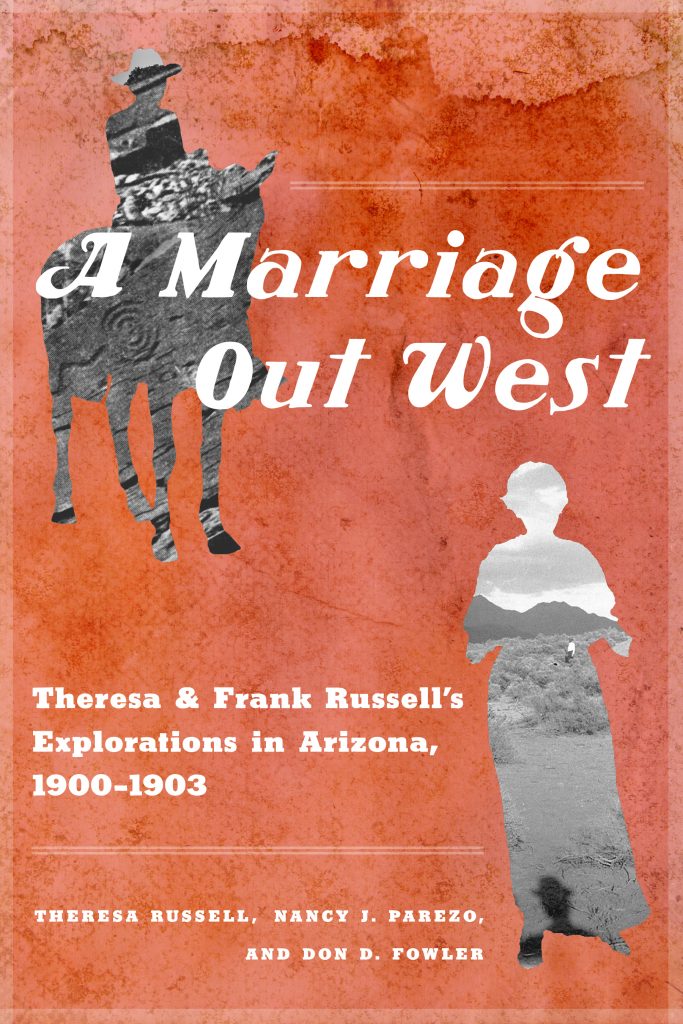
A Marriage Out West is an intimate biographical account of two fascinating figures of twentieth-century archaeology. Frances Theresa Peet Russell, an educator, married Harvard anthropologist Frank Russell in June 1900. They left immediately on a busman’s honeymoon to the Southwest. Their goal was twofold: to travel to an arid environment to quiet Frank’s tuberculosis and to find archaeological sites to support his research.
“A Marriage Out West provides a detailed insight into the intrigue of the early scramble by federal, state, and private organizations for access to Indigenous archaeological sites (almost universally lacking tribal input or consent) as well an exceptional woman’s personal account of her experiences as a neophyte frontiersperson.”—Thatcher A. Rogers, Albuquerque Archaeological Society Newsletter
Read an excerpt from the book here.
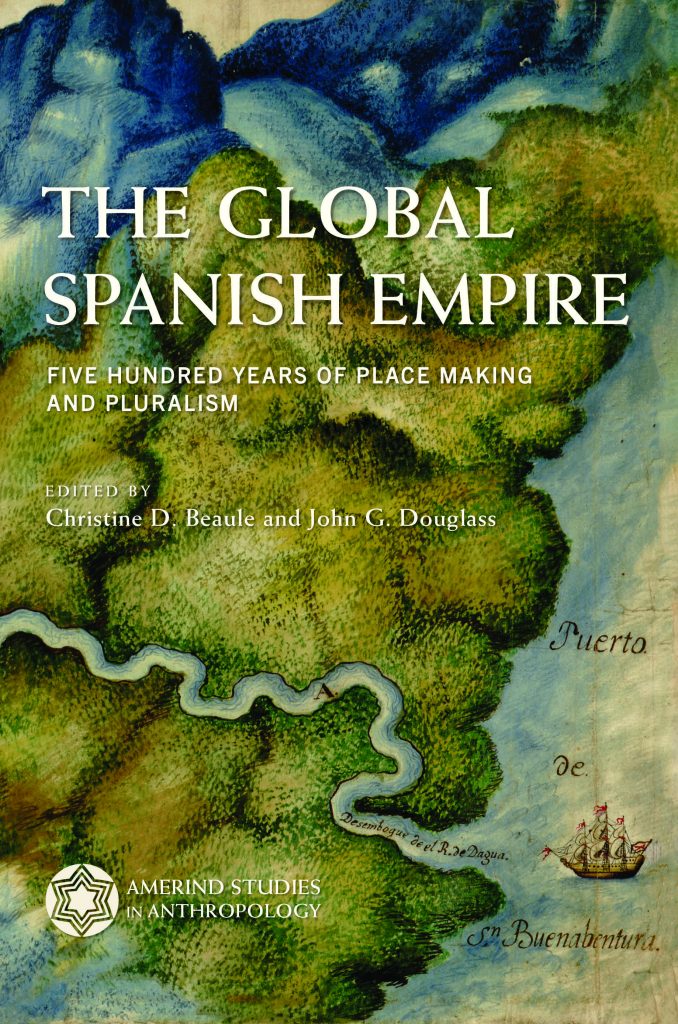
The Global Spanish Empire tackles broad questions about indigenous cultural persistence, pluralism, and place making using a global comparative perspective grounded in the shared experience of Spanish colonialism. Through an expansive range of essays that look at Africa, the Americas, Asia, the Caribbean and the Pacific, this volume brings often-neglected regions into conversation.
“The volume maps the haphazard development of the colonial Spanish Empire, focusing on how indigenous and enslaved populations carved and crafted their own spaces through persistence and imaginative place-making strategies.”—Mariah F. Wade, author of Missions, Missionaries, and Native Americans: Long-Term Processes and Daily Practices
Watch a conversation about the book with editors Christine Beaule and John Douglass here, then read an interview with the editors here.
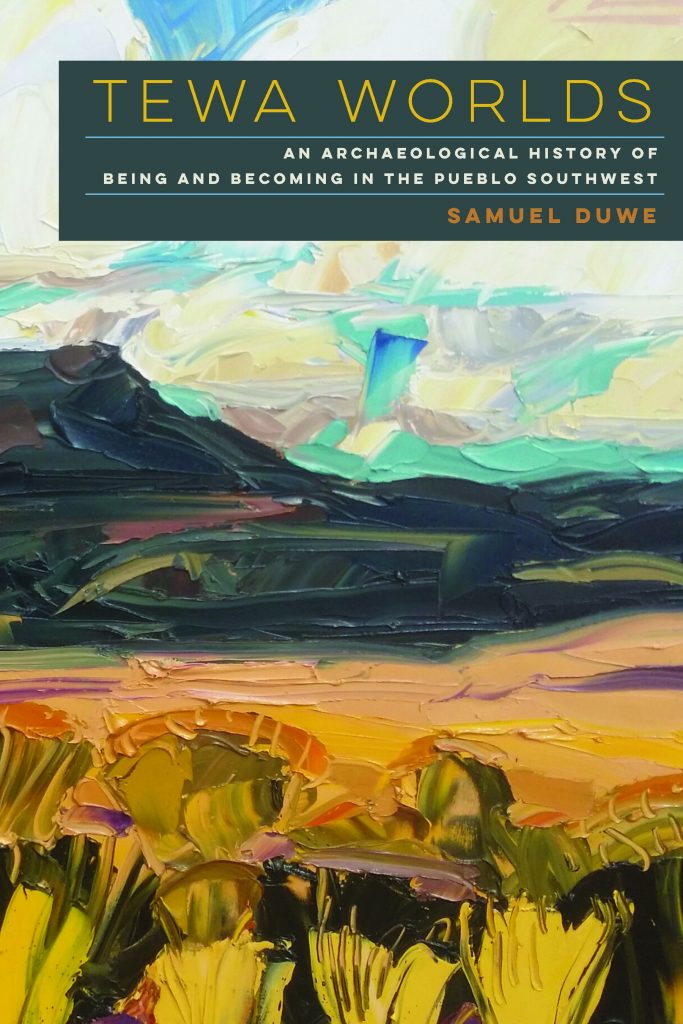
Tewa Worlds offers an archaeological history of eight centuries of Tewa Pueblo history in the Rio Chama Valley through the lens of contemporary Pueblo philosophical and historical discourse. The result gives weight to the deep past, colonial encounters, and modern experiences. It challenges archaeologists to both critically reframe interpretation and to acknowledge the Tewa’s deep but ongoing connection with the land.
“… Tewa Worlds … stands out as exemplary in its investigative scope, rich and thought-provoking interpretations, and focus on establishing a deep history from the archaeological and ethnographic record.”—Thatcher A. Rogers, New Mexico Archeological Council
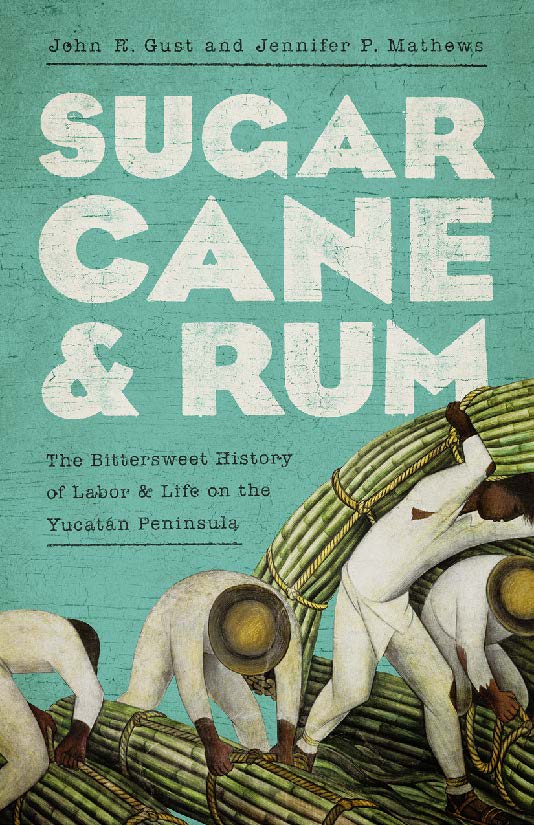
More than a history of coveted commodities, the unique story that unfolds in John R. Gust and Jennifer P. Mathews’s new history Sugarcane and Rum is told through the lens of Maya laborers who worked under brutal conditions on small haciendas to harvest sugarcane and produce rum in the Yucatan Peninsula of Mexico.
“This book is an exciting and innovative contribution to the history of Yucatán. It challenges us to think carefully about the role of commodities in the production of social relations.”—Elizabeth Terese Newman, author of Biography of a Hacienda: Work and Revolution in Rural Mexico
Read an excerpt from the book here.
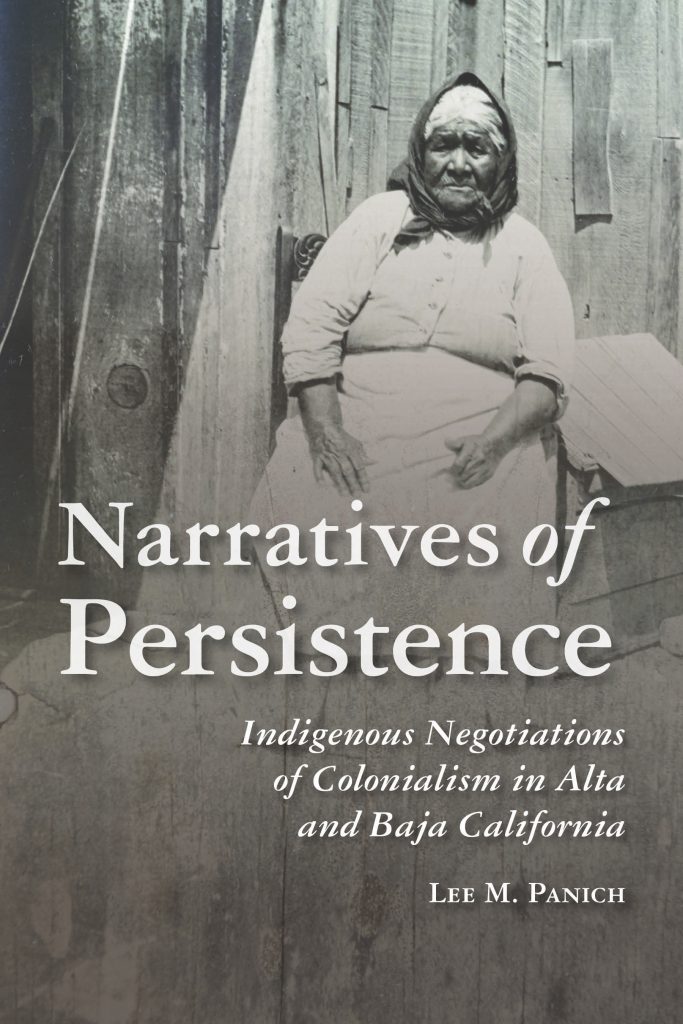
Narratives of Persistence charts the remarkable persistence of California’s Ohlone and Paipai people over the past five centuries. Lee M. Panich draws connections between the events and processes of the deeper past and the way the Ohlone and Paipai today understand their own histories and identities.
“Panich draws connections between the events and processes of the deeper past and the way the Ohlone and Paipai today understand their own histories and identities, offering a model for how scholars of Indigenous histories should think about the connections between the past and the present.”—Ashley Riley Sousa, Middle Tennessee State University
Read an interview with author Lee M. Panich about the book here.
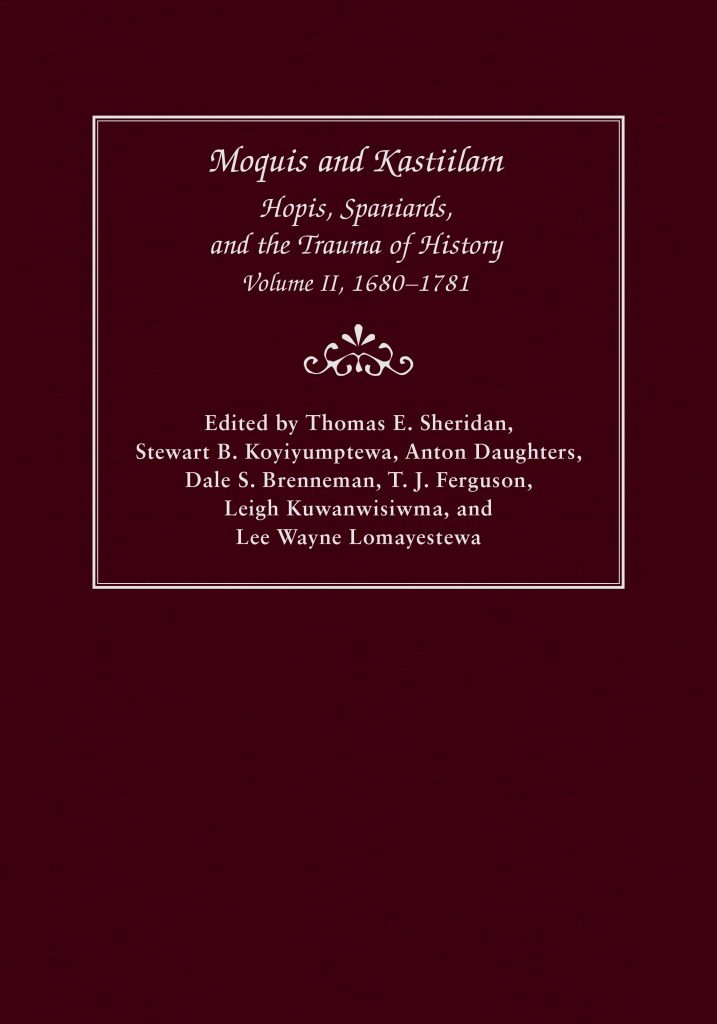
The second of a two-volume series, Moquis and Kastiilam tells the story of the encounter between the Hopis, who the Spaniards called Moquis, and the Spaniards, who the Hopis called Kastiilam, from the Pueblo Revolt through 1781. Balancing historical documents with oral histories, it creates a fresh perspective on the interface of Spanish and Hopi peoples in the period of missionization.
“The editors have offered a fascinating study that will change the way scholars plan and execute community-based research with tribes and tribal people. This volume is a good read and a triumph, offering a model for future research on American Indian people.”—Clifford Trafzer, author of American Indian Medicine Ways
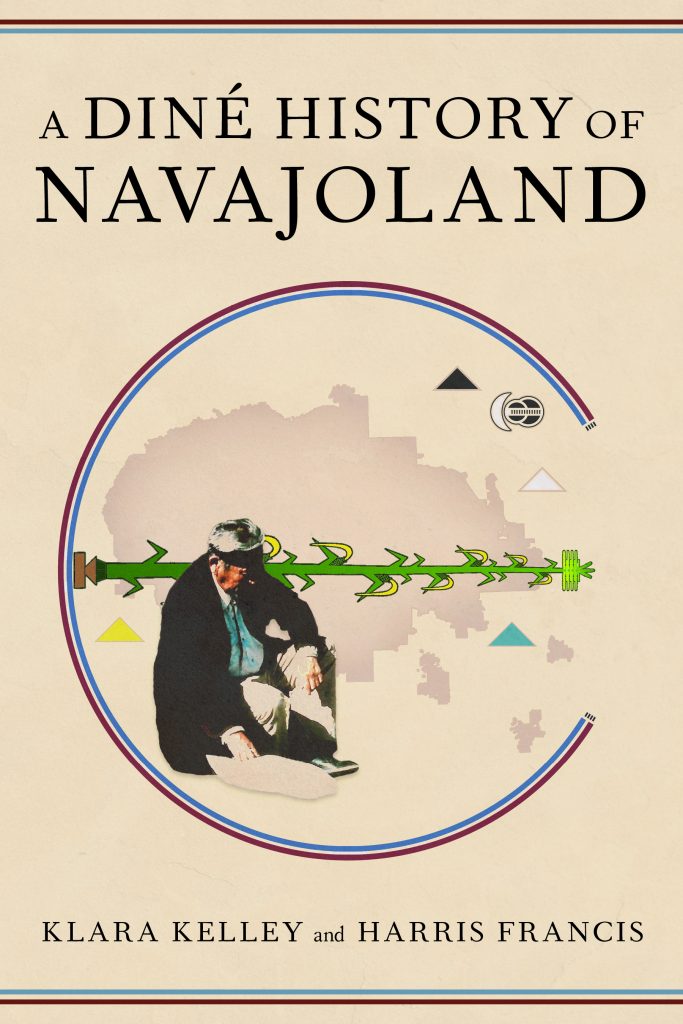
A Diné History of Navajoland brings much-needed attention to Navajo perspectives on the past and present. It is the culmination of a lifelong commitment from the authors, and it is an exemplary work of Diné history through the lens of ceremonial knowledge and oral history. Kelley and Francis present an in-depth look at how scholars apply Diné ceremonial knowledge and oral history to present-day concerns of Navajo Nation leaders and community members. All readers are invited to come along on this exploration of Diné oral traditions.
Read an excerpt from the book here.
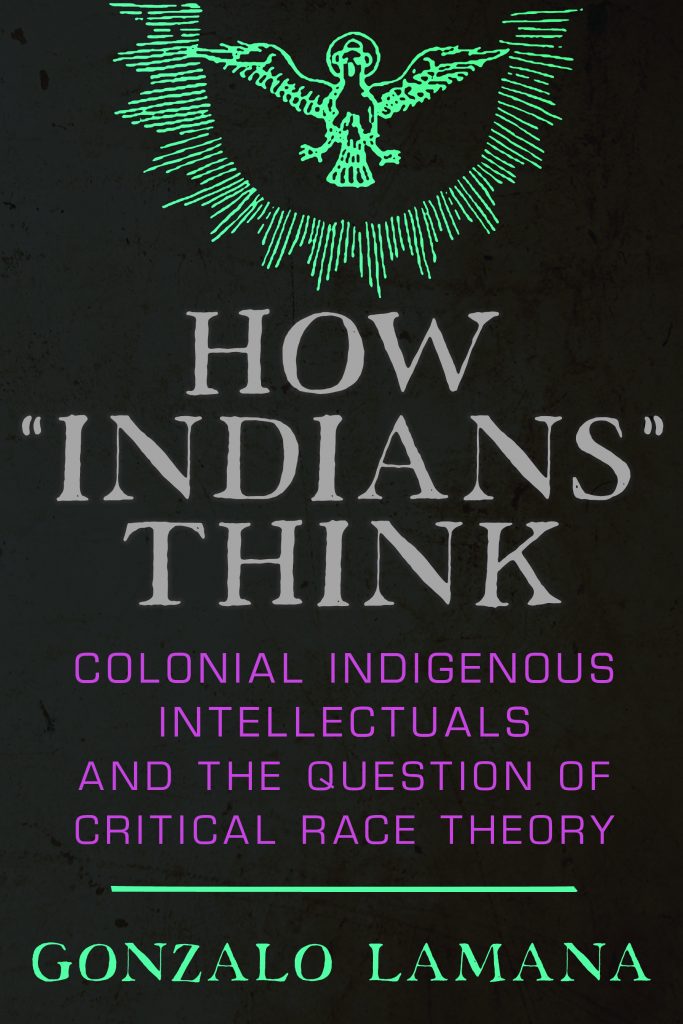
How “Indians” Think shines light on Indigenous perspectives of Spanish colonialism through a novel interpretation of the works of the two most important Amerindian intellectuals in the Andes, Felipe Guaman Poma de Ayala and Garcilaso de la Vega, el Inca. Departing from the predominant scholarly position that views Indigenous-Spanish relations as the clash of two distinct cultures, Gonzalo Lamana argues that Guaman Poma and Garcilaso were the first Indigenous activist intellectuals and that they developed post-racial imaginaries four hundred years ago.
Author Gonzalo Lamana was featured on the New Books Network podcast. Listen to it here.
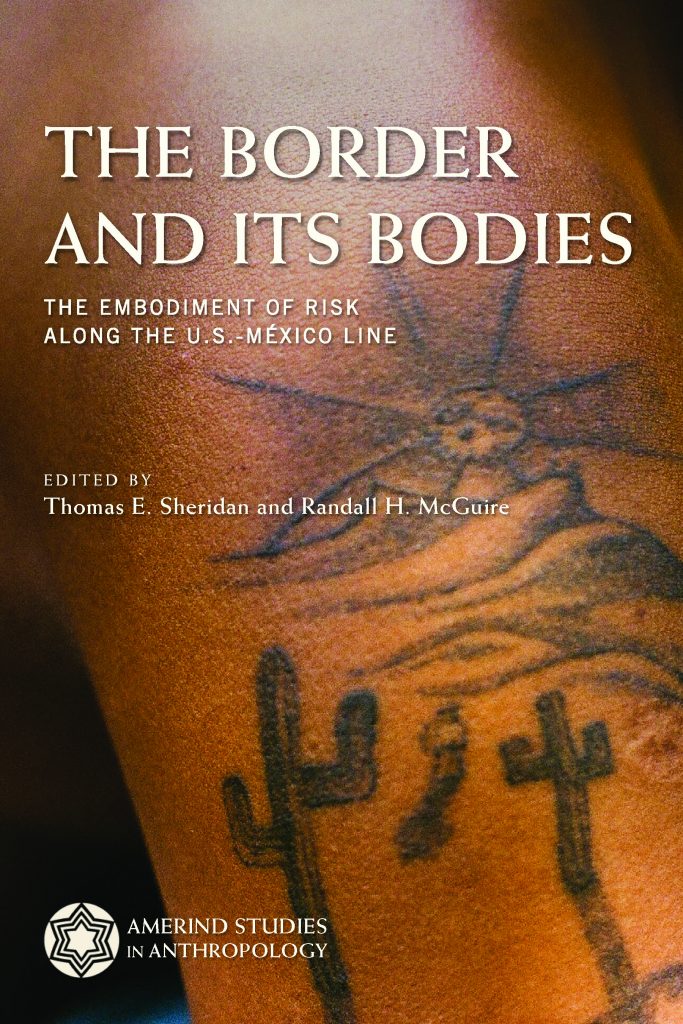
The Border and Its Bodies examines the impact of migration from Central America and México to the United States on the most basic social unit possible: the human body. The increasingly militarized U.S.-México border is an intensely physical place, affecting the bodies of all who encounter it. The essays in this volume explore how crossing becomes embodied in individuals, how that embodiment transcends the crossing of the line, and how it varies depending on subject positions and identity categories, especially race, class, and citizenship.
Read an excerpt from the book here.
 The University of Arizona Press
The University of Arizona Press

